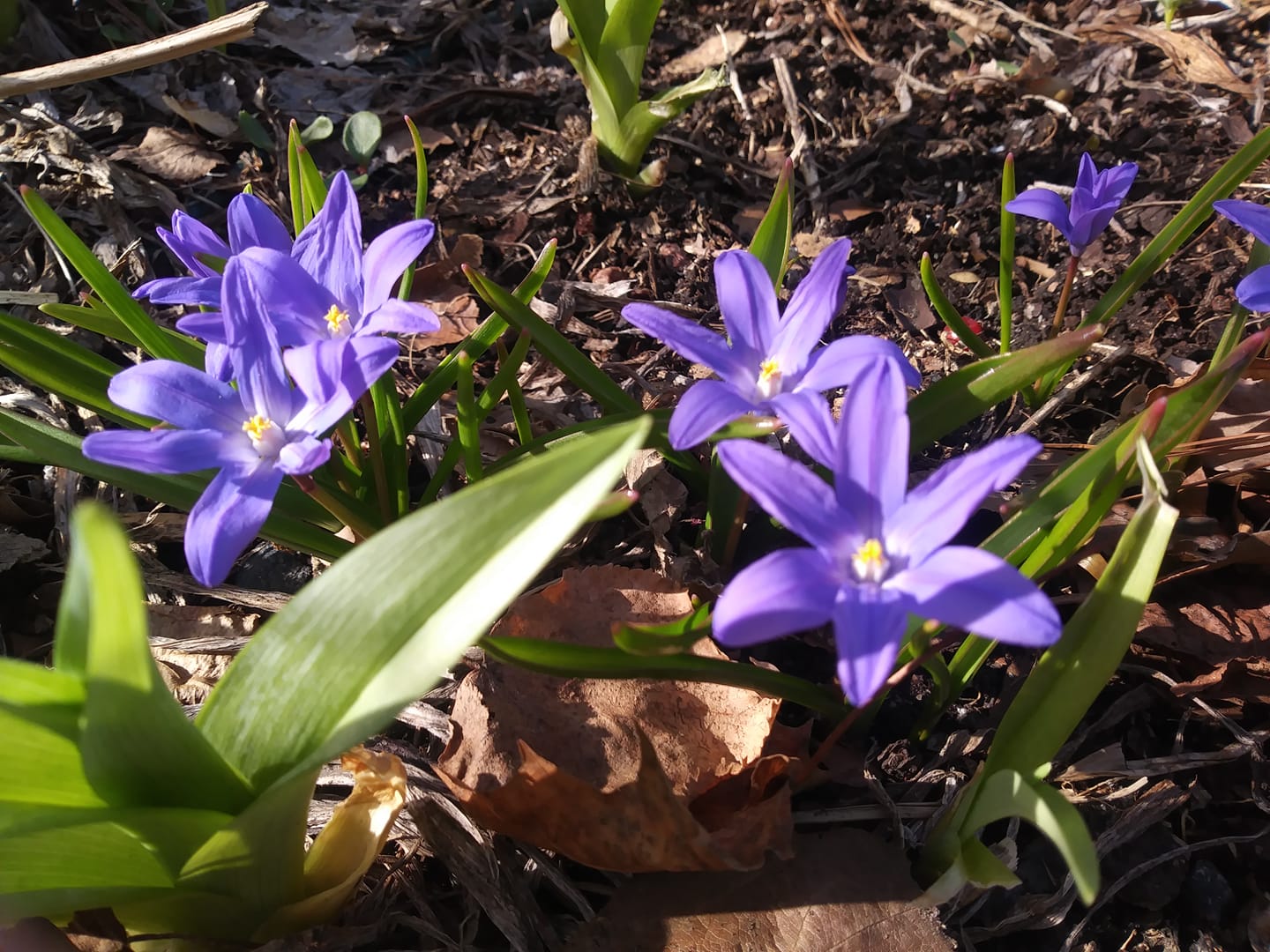APRIL 23, 2021 – Yesterday evening, for the first time in over a year, we entered a house that was not our own. Stranger yet, we counted among six people—two of my three sisters, two brothers-in-law, my wife and I (all of us fully vaccinated).
Each of us savored the occasion. We hadn’t been together since February of last year, and if all were feeling a year older, none looked the worse for wear. (Thank goodness I’d gotten a haircut recently.) A struggling spring had brought a day of warmth and sunshine, and we sat on a screen porch overlooking the hosts’ greening backyard. Over assorted beverages we yakety-yakked until the warming buzzer went off for the ordered-out food.
We continued our happy conversation over a delectable repast in a tastefully appointed dining room. We talked light-heartedly about absent family members; upcoming travel plans; summer activities; altogether normal things in normal times. We’d survived a year of terrors and tribulations and in the moment could ignore them and laugh at life.
As people do when gathered round a common table, we told stories, most of them true. Chuck told the story of how a cousin became a Russian Orthodox priest—in trouble as a juvenile, the wayward relative had been given a choice by the judge: reform school or doing monastic time in a Russian Orthodox enclave in upstate New York. The 16-year-old chose the latter, and the rest was history—or at least a compelling story.
My wife told the story of how her great-umpteen-great grandfather, a Scotsman who’d initially settled in Ohio, ventured west to Byron, IL and staked his claim to open farmland. He returned to Ohio to fetch his wife, children and possessions. A deadly epidemic, however, fetched him before he could realize his dream. Of hardy stock, his wife packed kids and belongings into a covered wagon and headed west to Newfarmland. The family prospered, as did the town to which they and successive generations contributed so very much.
“So Byron [one of our sons] is named after the town?” asked Garrison. “Yes,” my wife replied, putting a nice bow on the story.
The next storyteller was . . . the professional storyteller himself. He told how an aunt, clutching her baby, had been caught in the Anoka tornado of 1939 and thrust up into the branches of a tree. She later had a crowd of sons, who, in Garrison’s words, were the “wildest bunch of people you could ever meet.” He said their unruliness was a direct result of that tornado. “Having survived that tornado, she was absolutely fearless and allowed her sons to take whatever risks they wished.”
He then described how two had bought an airplane, and without lessons or knowing a thing about flying, nonetheless took off and circled their farm. Before landing, they had to fly low and scare the cattle away, then circle back for a (crash) landing.
When our long visit ended, these reminders of resilience lingered.
(Remember to subscribe to this blog and receive notifications of new posts by email.)
© 2021 by Eric Nilsson
